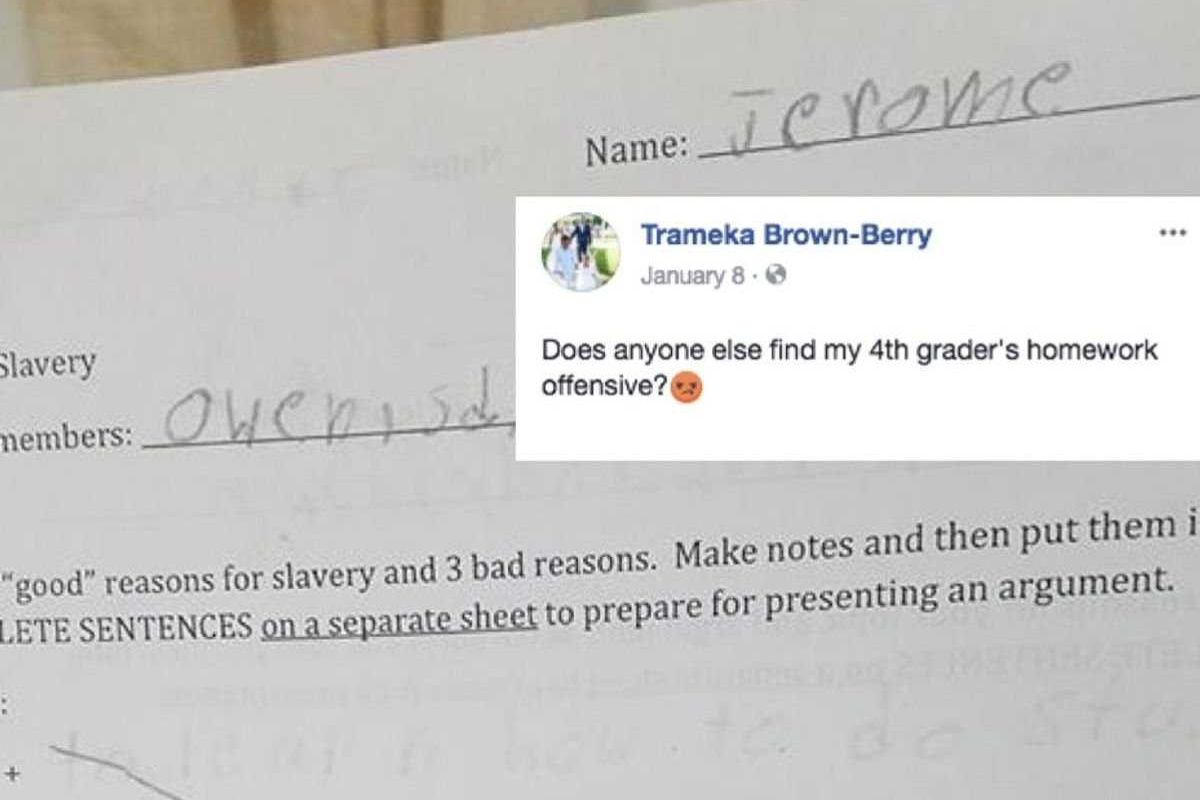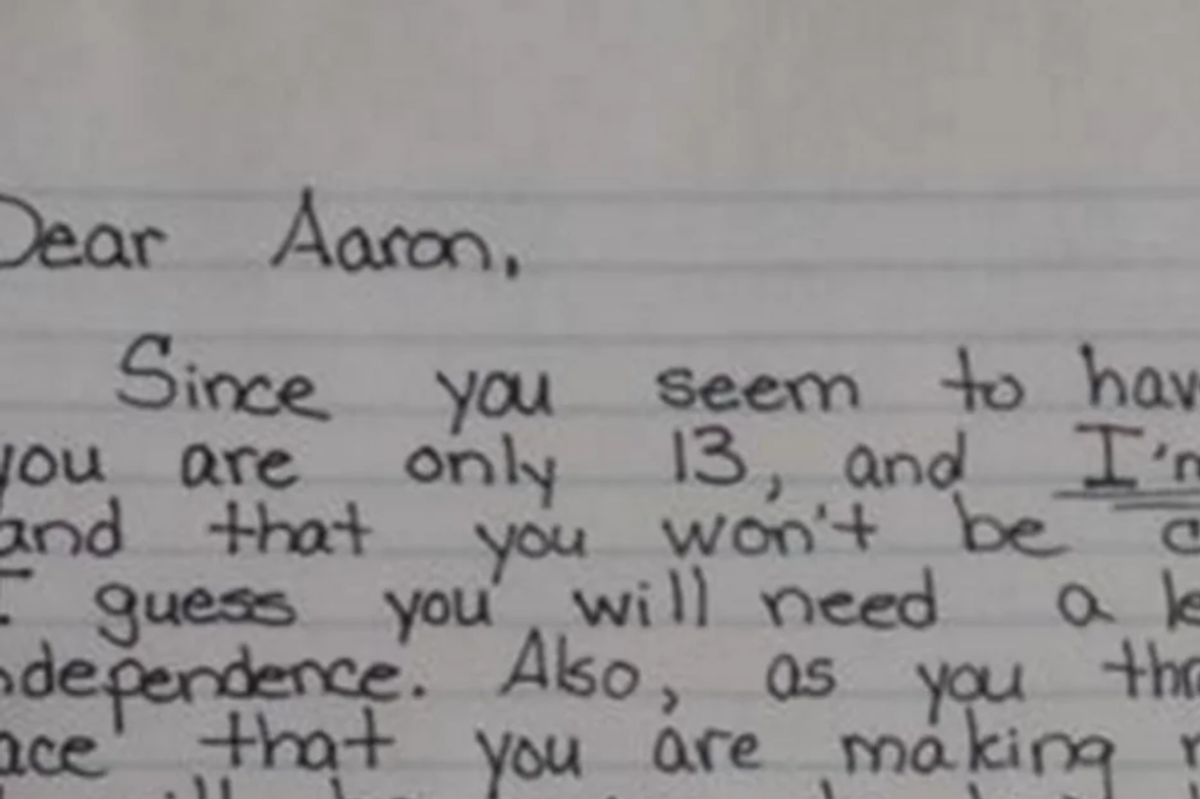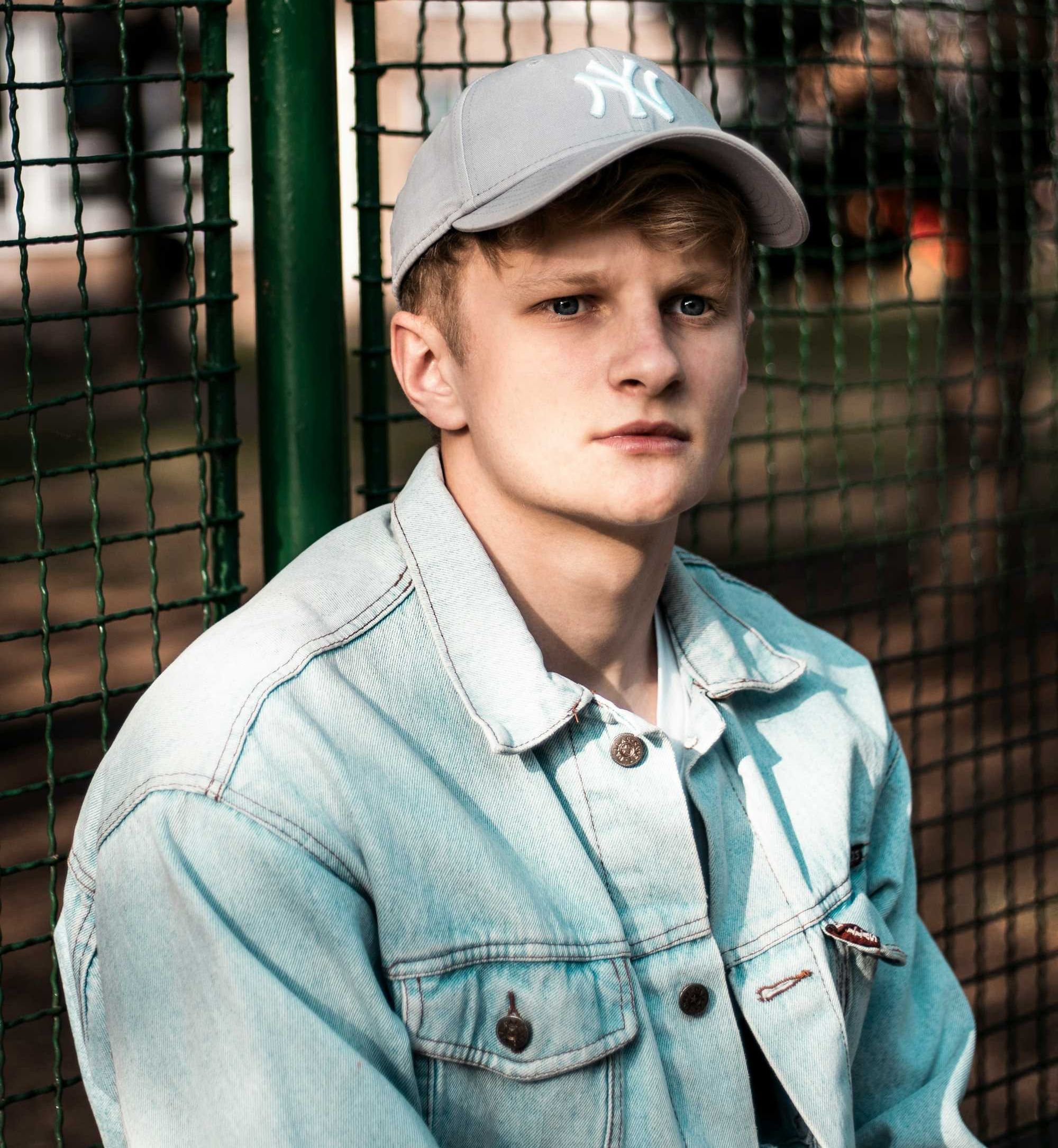If you don't think twice about the plastic strap around a package, here's why you should.
Picture a young sea lion — let's call him Joey — taking an afternoon swim along the coast of Alaska and coming upon a long, shiny plastic loop.
Of course, Joey doesn't know the loop is plastic. All he knows is that he's never seen something like this wriggling through the water before, and he'd love to play with it.
"Sea lions are curious and playful creatures by nature," explains Sue Goodglick, a wildlife biologist with the Alaska Department of Fish and Game program that studies and tracks Steller sea lions like Joey. So, she says, when they come across plastic objects like this, they usually like to play with it.

Joey is only 2 years old — a juvenile — so playing is his top priority right now. It's how he practices hunting and swimming so he can be prepared for whatever life throws at him.
He doesn't know this plastic thing isn't a glimmering fish or a fun piece of kelp but something dangerous.
It probably got to the ocean after someone a little too eager to open their package of new hair products tossed it carelessly aside after unwrapping the box. When people don't take time to properly discard plastic items like package wrappings, these items can end up on the street and make their way to the ocean through storm drains and other waterways. And even if people do toss such items in the trash, if they are not secured, they are light enough to blow away and right into Joey's path.

Curious, Joey uses his whiskers, mouth, and flippers to check out this potential new toy.
He almost looks like he's dancing as he turns his head upside down, somersaults, and bops the packing strap with his nose. But as he plays, this strap easily gets stuck around his neck, and without "hands" to pull it off, the loop stays put, like a plastic necklace.
Plastic bands like this one, usually made to wrap around cardboard boxes, are created to be durable, so unlike other materials, they take a long time to degrade on their own. In fact, nobody knows for sure how long plastic takes to break down in the ocean, but estimates say it likely takes decades — maybe even up to 450 years for larger plastic items.
This means that as Joey grows, that plastic "necklace" doesn't come off. Instead, it gets tighter and tighter around him, like a noose, cutting into his skin and muscles. This can lead to infections, slow down his range of movement, suffocate him, or cause starvation and death because he can't move around to find food.
A Steller sea lion entangled in a packing band. Photo by Alaska Department of Fish and Game (research activities were conducted pursuant to a National Marine Fisheries Service permit).
Joey is far from the only sea lion to get hurt by plastic items. 8 million tons of plastic go into the ocean and hurt more than 800 species of animals every year.
These include marine critters like sea turtles, dolphins, whales, and fish. Some mistake plastic for food. Others, like Joey, get tangled up while playing or just swimming around. This is bad news for humans, too, because plastic has been showing up in our seafood after the fish we eat consume it.
"Many types of wildlife are simply unable to avoid encountering [marine debris]," Goodglick says, and Steller sea lions are one of them. Plastic packing bands like the one Joey found are particularly hard for sea lions to resist, making them one of the most dangerous and deadly plastic items. In fact, since 1980, the world population of Steller sea lions has fallen from 300,000 to less than 100,000 — and plastic packing bands are one of the reasons why.
Three plastic packing bands wrapped around a box. Photo by Alaska Department of Fish and Game (research activities were conducted pursuant to a National Marine Fisheries Service permit).
Declining Steller sea lion populations can have a huge effect because without them, the ocean ecosystem where they live can be thrown off balance due to what scientists call top-down trophic cascade. Sea lions are top-level predators, so their eating habits affect the population and behavior of their prey. Without enough of them to keep prey populations in check, other ocean resources can become depleted. Not only that, but sea lion poop is also important in providing essential nutrients for ocean life.
This is why Goodglick is so dedicated and passionate about making sure that we all help prevent further harm to ocean wildlife.
"We all need to take action to prevent new marine debris getting into our oceans and help clear out what's already there," she says.

Making a difference doesn't even have to be complicated — we could all make a difference with a few simple changes.
We can "lose the loop" or cut items like packing bands before we throw them away. That way, if the item happens to cross Joey's path, it won't form a noose and entangle him.
We can also dispose of trash properly — recycle plastic materials, reuse them if you can, and secure garbage can lids so nothing blows away. And if we see someone else's trash on the beach, we still have a chance to grab and secure it before it ends up in the water for Joey to find. Plus, for those who live near the coast, there are always local shoreline cleanups looking for volunteers to help them get rid of the trash that's out there.

But wherever we live, being mindful of our behavior using and disposing of plastic is still important. "Remember our lands and oceans are connected!" Goodglick says. When we rely on single-use plastic for everyday items like water bottles, we create more and more trash that can find its way to water systems through storm drains.
You probably don't feel like a hero when you cut a plastic packing band. But for marine life like Joey, it can be a life-saving act.

And that means you're actually doing a favor for all of the rest of us, too. After all, the ocean provides us with food and nutrients — it sustains all life on this planet. So when that adorable, playful sea lion called Joey can't even get through an afternoon swim without a piece of plastic threatening his life, that's a bad sign for the rest of us. It means we're not caring for the very ocean that keeps us alive.
But when we make a few simple changes to keep plastic out of the ocean, we ensure a healthy planet for all of us. And Joey gets to enjoy his playtime in peace, satisfying his curiosity for life with seashells, kelp, and the other natural treasures he's meant to find.




 Family moving into a new home.
Family moving into a new home.  Driving Road Trip GIF by Rosen Hotels & Resorts
Driving Road Trip GIF by Rosen Hotels & Resorts 
 A woman struggles with insomniaImage via Canva
A woman struggles with insomniaImage via Canva A woman struggles with insomniaImage via Canva
A woman struggles with insomniaImage via Canva
 "
"
 Teaching teenagers about real-life consequences isn't easy. Photo by
Teaching teenagers about real-life consequences isn't easy. Photo by  Kids need to be reminded, sometimes, of how much they still depend on mom. Photo by
Kids need to be reminded, sometimes, of how much they still depend on mom. Photo by